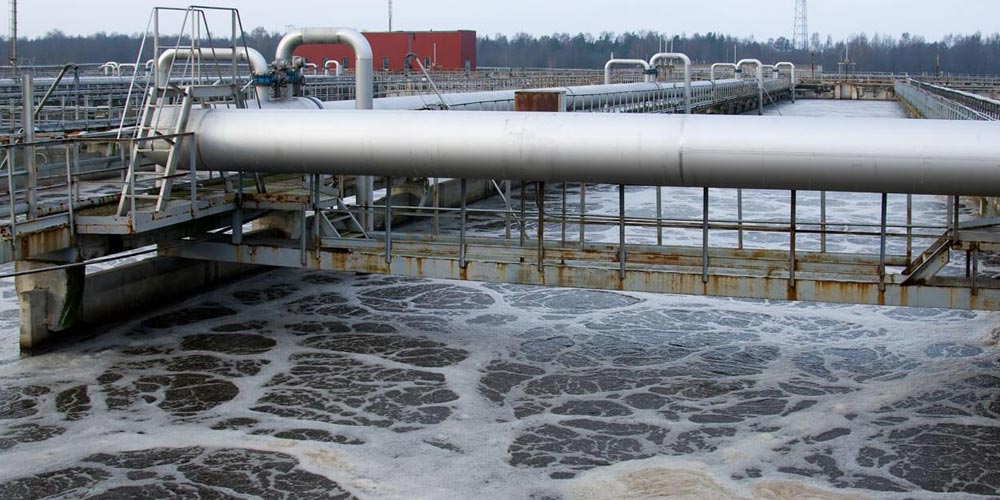Cloreto de polialumínio, frequentemente abreviado como PAC, é um tipo de coagulante polimérico inorgânico. Caracteriza-se por sua alta densidade de carga e estrutura polimérica, o que o torna excepcionalmente eficiente na coagulação e floculação de contaminantes em água. Ao contrário de coagulantes tradicionais como o alúmen, o PAC opera eficazmente em uma faixa de pH mais ampla e gera menos subprodutos de lodo, tornando-se uma alternativa ecologicamente correta.
Mecanismo de Ação
A principal função do PAC no tratamento de água é desestabilizar e agregar partículas finas em suspensão, coloides e matéria orgânica. Esse processo, conhecido como coagulação e floculação, pode ser dividido em várias etapas:
1. Coagulação: Quando o PAC é adicionado à água, seus íons de polialumínio altamente carregados neutralizam as cargas negativas na superfície das partículas em suspensão. Essa neutralização reduz as forças repulsivas entre as partículas, permitindo que elas se aproximem.
2. Floculação: Após a coagulação, as partículas neutralizadas se agregam para formar flocos maiores. A natureza polimérica do PAC auxilia na ligação das partículas, criando flocos substanciais que podem ser facilmente removidos.
3. Sedimentação e Filtração: Os grandes flocos formados durante a floculação sedimentam-se rapidamente devido à gravidade. Este processo de sedimentação remove eficazmente uma parte significativa dos contaminantes. Os flocos restantes podem ser removidos por filtração, resultando em água limpa e cristalina.
Vantagens do PAC
PACoferece diversas vantagens sobre os coagulantes tradicionais, contribuindo para sua crescente popularidade no tratamento de água:
- Eficiência: O PAC é altamente eficaz na remoção de uma ampla gama de contaminantes, incluindo sólidos em suspensão, matéria orgânica e até mesmo alguns metais pesados. Sua eficiência reduz a necessidade de produtos químicos e processos adicionais.
- Ampla faixa de pH: diferentemente de alguns coagulantes que exigem controle preciso de pH, o PAC opera eficientemente em um amplo espectro de pH, simplificando o processo de tratamento.
- Redução da produção de lodo: Um dos benefícios significativos do PAC é a redução do volume de lodo gerado durante o tratamento. Essa redução reduz os custos de descarte e minimiza o impacto ambiental.
- Custo-benefício: embora o PAC possa ter um custo inicial mais alto em comparação a alguns coagulantes tradicionais, seu desempenho superior e menores requisitos de dosagem geralmente resultam em economia geral de custos para instalações de tratamento de água.
Floculantes PAC representa um avanço significativo na tecnologia de tratamento de água. Sua capacidade de remover contaminantes com eficiência, aliada aos benefícios ambientais e econômicos, posiciona o PAC como um pilar fundamental na busca por água limpa e segura. À medida que mais comunidades e indústrias adotam essa solução inovadora, o caminho para um futuro mais saudável e sustentável se torna mais claro.
Horário da postagem: 06/06/2024


